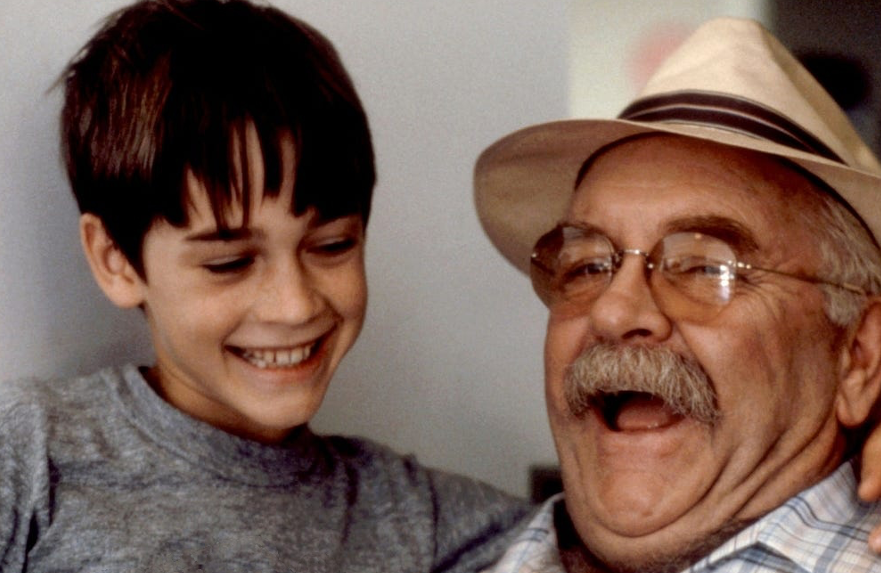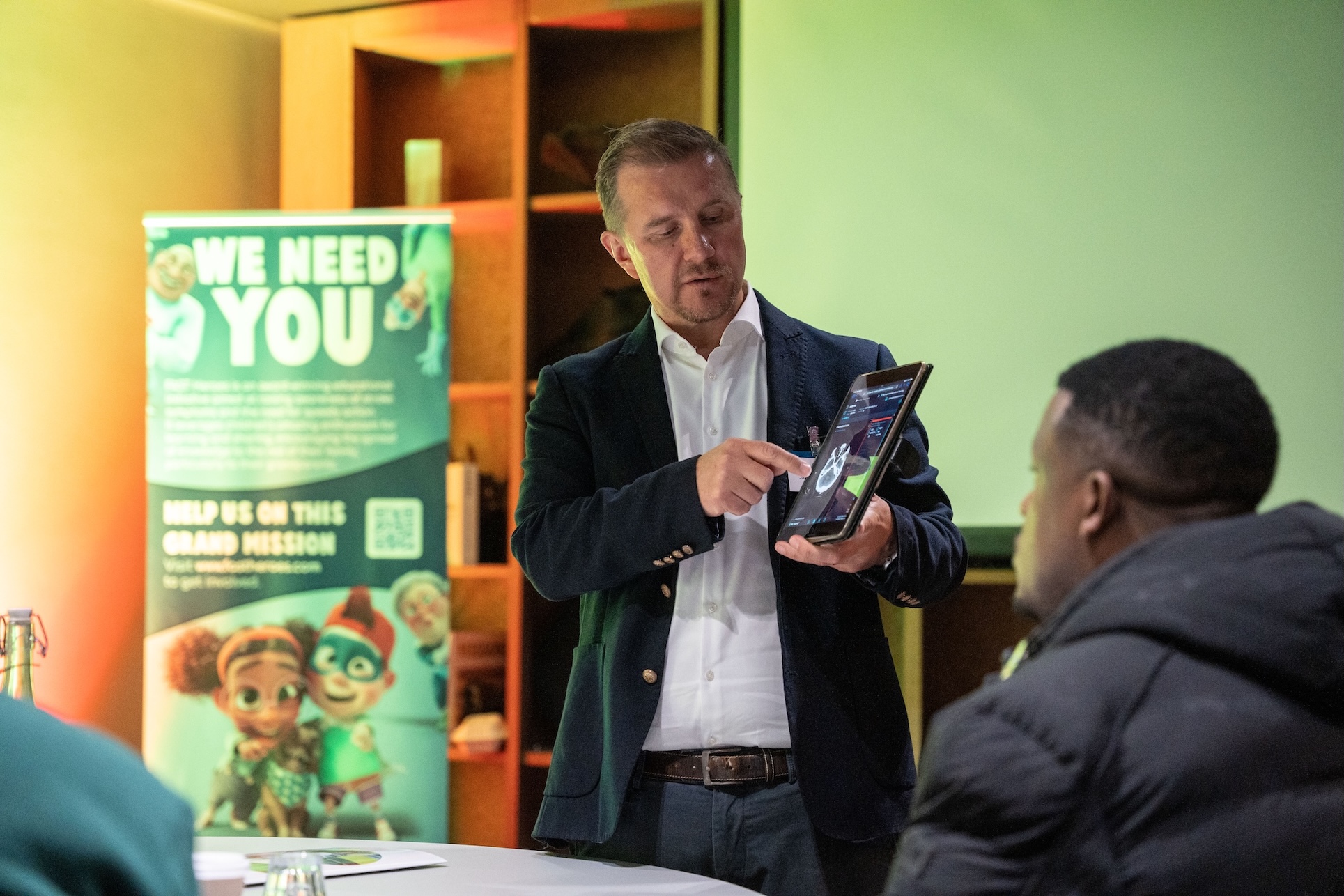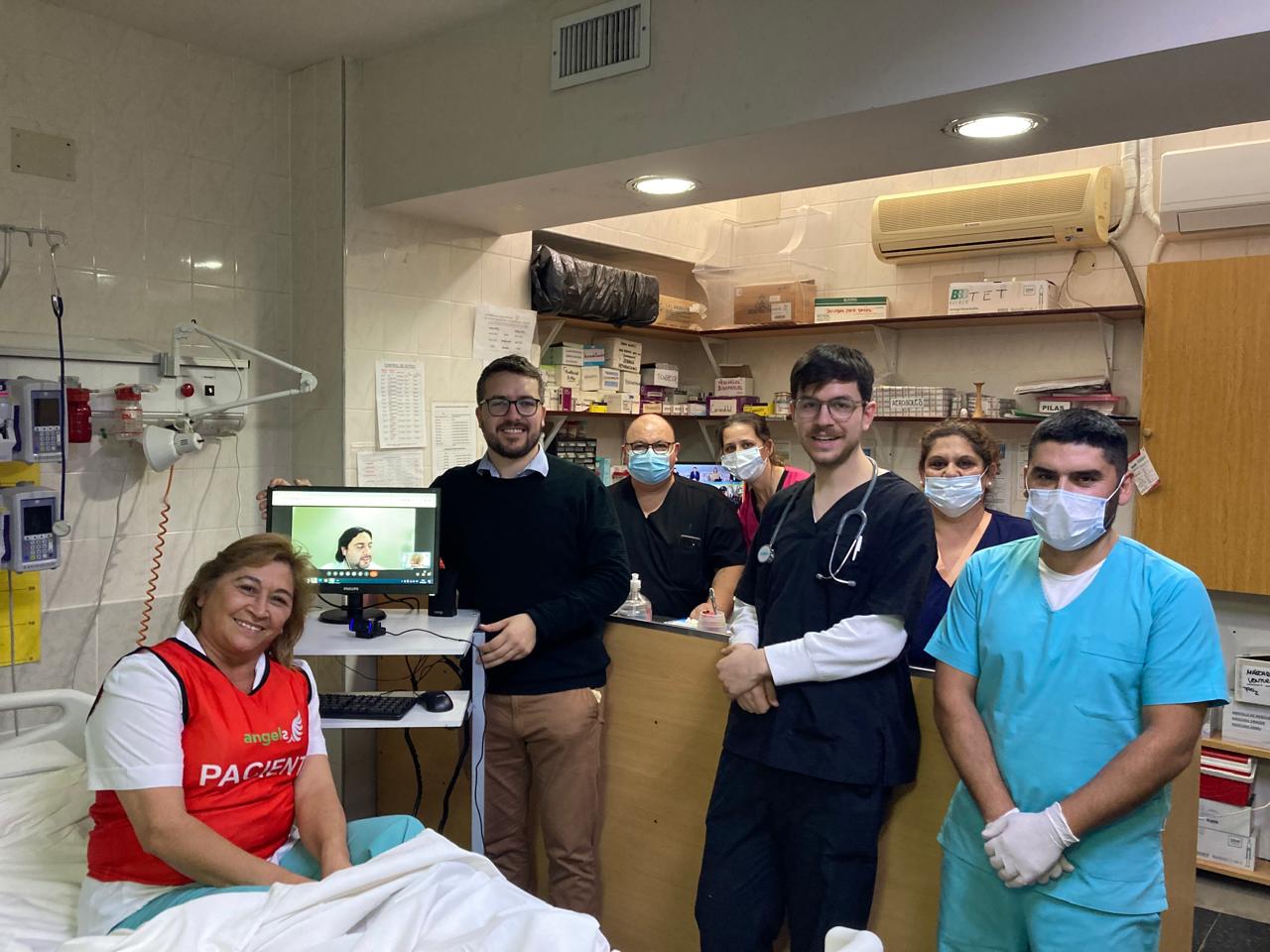
Mendoza é país do vinho. Mais de 70 por cento do vinho produzido na Argentina é produzido nesta província central ocidental que regressa à cordilheira dos Andes, e a capital, também chamada Mendoza, mantém a empresa com Bordéus e São Francisco na lista das grandes capitais de vinhos do mundo.
A província alberga cerca de dois milhões de pessoas para quem o acesso a cuidados de saúde de qualidade é amplamente determinado pela localização. A consultora Angels Romina Delgado diz que, com a maioria da população a viver na Grande Mendoza e grandes distâncias a separar os diferentes centros urbanos, uma rede de telemedicina concebida em agosto de 2021 foi a resposta para maximizar a disponibilidade de cuidados de AVC na província. E em Março deste ano esta rede transmitiu uma história tão boa que seria um pecado não celebrá-la com um copo do malbec ou cardonaria local.
Quando estavam a planear a rede, a trombólise estava disponível em apenas dois hospitais públicos, ambos localizados na cidade de Mendoza. Apenas um destes, o Hospital Luis Lagomaggiore, tinha um serviço de neurologia. Mais cinco hospitais na província, o mais distante dos quais estava a 350 km da capital, tinham o potencial de se tornarem centros de AVC, mas não tinham o conhecimento necessário e protocolos de gestão, deixando uma grande parte da população vulnerável.
Romina diz: “Foi neste contexto de grandes distâncias e pessoal escasso formado em AVC que surgiu a possibilidade de uma rede de telemedicina na qual a equipa de neurologia na capital poderia ajudar as equipas de cuidados de saúde nos hospitais periféricos. A Angels apoiaria a implementação progressiva deste programa realizando formação em cada uma destas instituições, por sua vez, com o objetivo de otimizar os recursos humanos, fornecer melhor tratamento e reduzir atrasos e transferências desnecessários.”
O planejamento da rede teve início em agosto de 2021 e em março de 2022 o treinamento teve início na Unidade Central de TeleAVC (UTAC) localizada no Hospital Luis Lagomaggiore e na primeira Unidade Periférica de TeleAVC (UTAP) localizada no Hospital Regional Malargüe, a 350 km de distância. Cinco meses mais tarde, a 25 de Agosto, foi formalmente lançada a rede de teleAVC, e o primeiro doente avaliou e tratou no dia seguinte.
As duas UTAPS seguintes juntaram-se um ano mais tarde em agosto de 2023. O Hospital Regional Antonio J. Scaravelli em Tunuyán e o Hospital Enfermeros Argentinos em General Alvear, respectivamente a 80 e 350 km de Mendoza, foram semelhantes ao de Malargüe. Ambos realizaram uma TC e unidade de cuidados intensivos e ofereceram cuidados 24 horas por dia, mas nenhum deles teve um serviço de neurologia. Foi no Hospital Enfermeros Argentinos que essa história se desenrolaria.
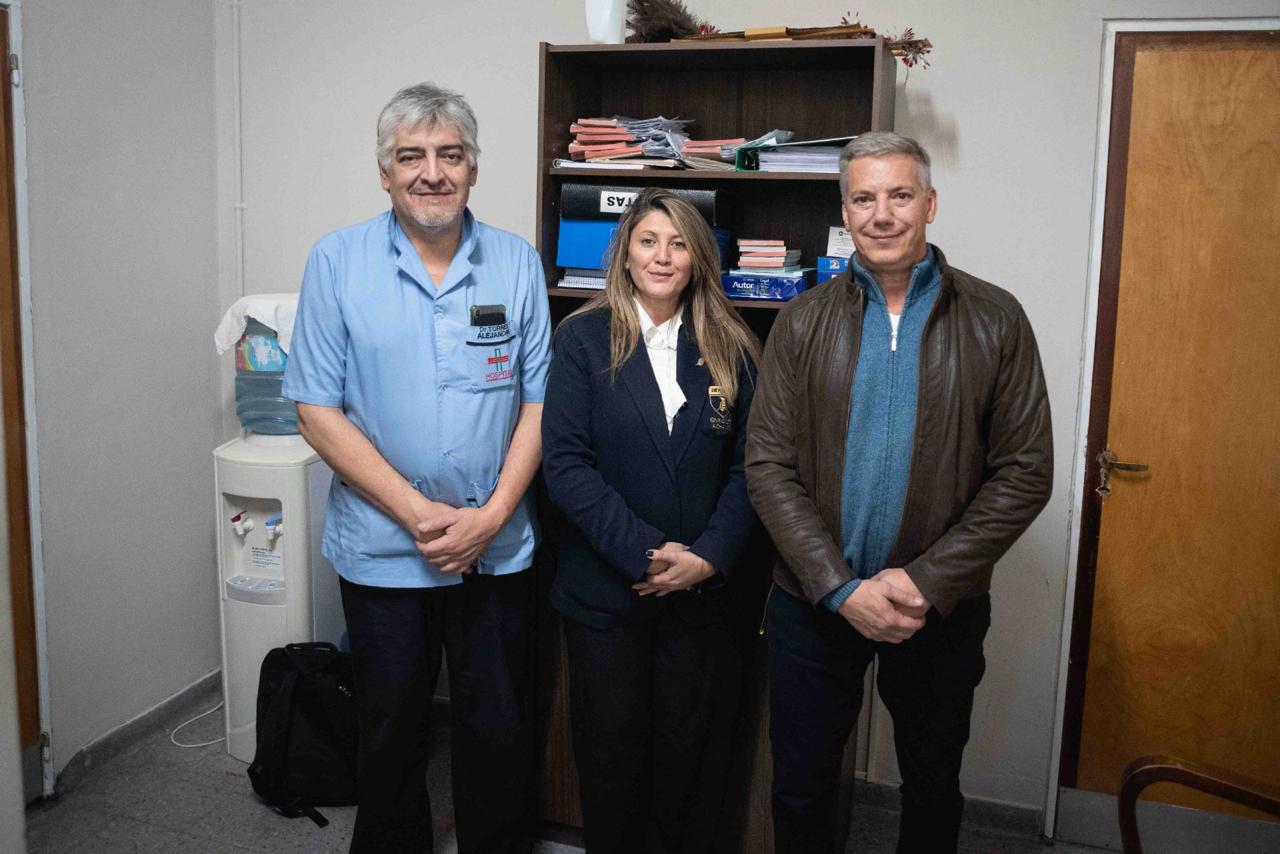
O Dr. Federico Giner é neurologista e coordenador de AVCno Hospital Luis Lagomaggiore e coordenador da TeleAVC em Mendoza. Explica como funciona a rede de teleAVC: “Os doentes são avaliados pela equipa de plantão da UTPA e, se houver suspeita de AVC, uma chamada para o neurologista da UTAC irá notificá-los para irem à sala de teleAVC. O paciente é transferido para a sala de tomografia para realização de TC e depois para a UTI. Aqui é estabelecida uma videochamada síncrona através da qual o neurologista interage com a equipa de plantão da UTAP e com o doente para realizar um exame NIHSS, avaliar o exame de TC e preencher a lista de verificação.
“Se for indicada trombólise, será realizada uma segunda consulta no final da perfusão durante a qual o neurologista fará recomendações para cuidados pós-agudos e prevenção secundária.”
Três pilares irão determinar o sucesso futuro da rede, diz o Dr. Giner. “Trabalho em equipa para capacitar o pessoal da UTAP, gestão de alterações e registo e monitorização de resultados para facilitar a melhoria contínua.”
Ainda há obstáculos a superar, mas em março deste ano a rede comprovou o seu valor salvando um seu.
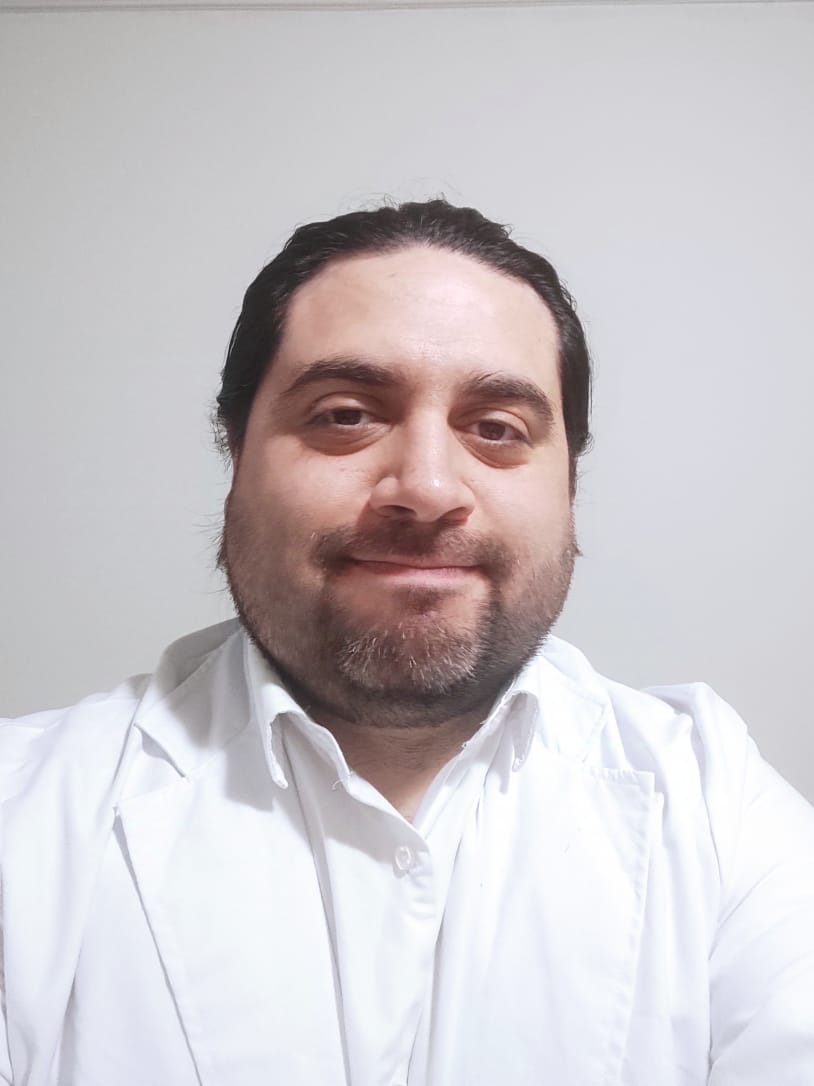
O Dr. Giner relembra: “Aconteceu na sexta-feira à tarde, Março 22, 2024, dia em que eu costumo ser o teleneuro de plantão na UTAC, mas nesta ocasião foi o Dr. Federico Martínez, membro do pessoal de teleneurologia, que recebeu a chamada aos sete minutos após dois. Sete minutos antes às 14h, o Dr. Alejandro Torres, anestesiologista e Diretor Executivo do Hospital Enfermeros Argentinos, ao chegar a casa, tinha desenvolvido repentinamente um distúrbio da fala e dificuldade em andar. Suspeitando de um AVC, a sua esposa ligou para a ambulância que entregou o Dr. Torres ao seu próprio hospital aos vinte e dois últimos 13 minutos após o Dr. Martínez ter recebido a chamada.
“Foi realizado um exame de TC às 14h34 e uma consulta de vídeo subsequente confirmou uma pontuação NIHSS de 4. Os sintomas do Dr. Torres incluíram hipoestesia facial, disartria e afasia ligeira, sendo hipertenso com pressão arterial 220/120 mmHg. Foi tratado comLabetalol até estabilização da pressão e início do tratamento trombolítico às 14h55, apenas 55 minutos após o início dos sintomas.”
Embora a pontuação da NIHSS fosse baixa, os sintomas que o Dr. Torres apresentou eram incapacitantes e, não tratados, teriam impedido-o de retomar as suas atividades habituais, diz o Dr. Giner. “Além disso, a sua instabilidade postural não foi pontuada na NIHSS, um exemplo claro de que a pontuação da NIHSS não deve ser a única consideração ao tomar a decisão terapêutica.”
A recuperação do Dr. Torres foi rápida e, duas semanas após o episódio, regressou ao trabalho e presideu a uma cerimónia pública no seu hospital. Tendo sido diagnosticado com fibrilhação auricular paroxística, tinha iniciado tratamento com anticoagulantes e era de outra forma bom como novo.
O Dr. Giner diz: “Não há dúvida de que as ações coordenadas de toda a cadeia de surivalismo do AVC – desde o reconhecimento dos sintomas e as ações da equipa de plantão da UTAP e do neurologista da UTAC até aos cuidados subsequentes – são o motivo pelo qual a Dr. Torres recebeu tratamento a tempo.”
Uma história com um resultado tão feliz também pede um brinde ao Dr. Martínez, o jovem neurologista e ex-chefe residente em Luis Lagomaggiore, que estava de serviço quando a rede de teleAVC deu uma segunda oportunidade à vida ao Dr. Torres.


